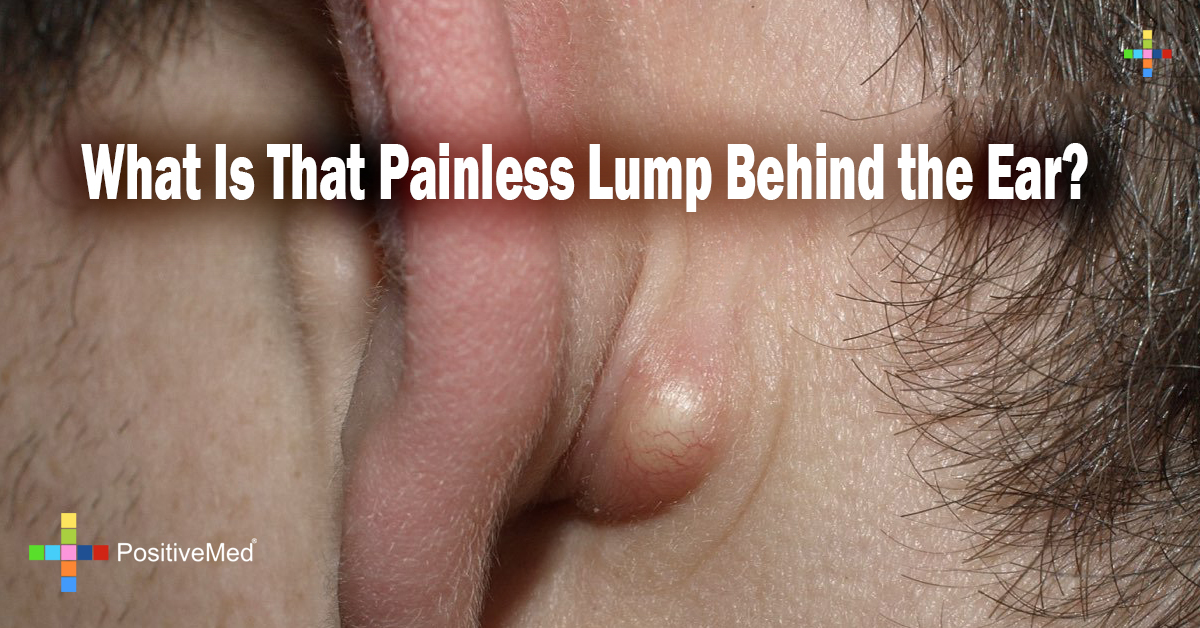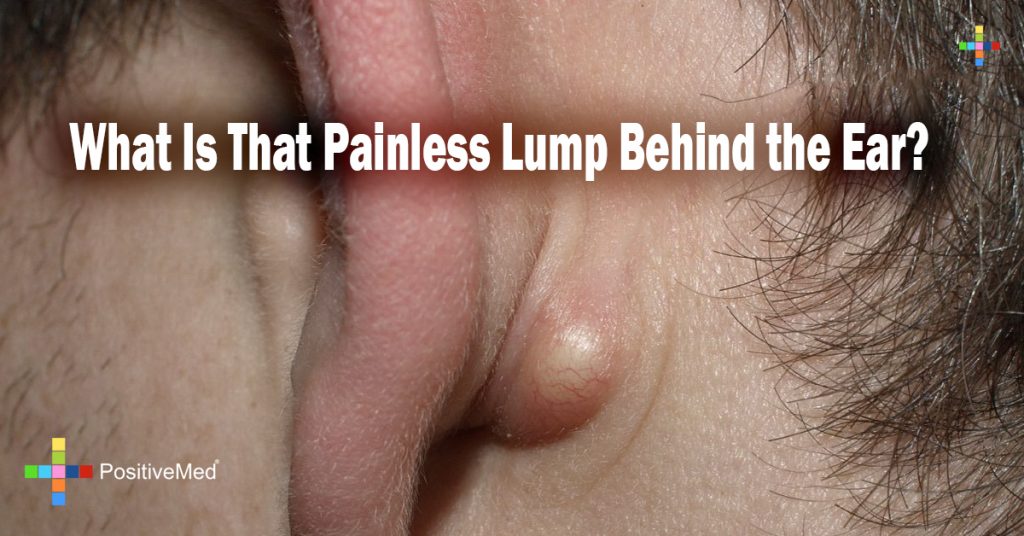
What Is That Painless Lump Behind the Ear?
[nextpage title=”…”]
Painless lump behind the ear are common, and most are benign. Some painless lumps behind the ear can indicate a serious condition. It is best to have a doctor check them out, especially if they seem to be getting bigger. If the lump has not gone away by the end of four weeks, the patient should have a doctor examine it.
Sebaceous cysts
Sebaceous cysts are caused by blocked or damaged sebaceous glands. These glands produce oil, and they can sometimes get blocked by dead skin cells. Small sebaceous cysts are generally painless and harmless. If the cyst gets infected, it can become painful. A rapidly growing cyst can indicate cancer.
Sebaceous cysts can generally be left alone, unless they get infected or otherwise cause problems. Infected cysts can be treated with medications, most of which are injections. Doctors may also drain the cyst or surgically remove it. Some doctors use lasers to remove cysts.
Lipoma
A lipoma is a fat deposit that develops under the skin. It will feel soft and rubbery. Lipomas tend to be small and range from 0.4 inch to 1.2 inch. They usually do not grow. Lipomas are most often found behind the ear, but they can also develop on the back, arms, neck, shoulders or thighs. Lipomas are benign growths that are found mostly on adults. They often go away on their own.
Lipomas are usually removed through surgery, especially if they are large. Since they are a type of fat deposit, they can also be removed through liposuction. Doctors can use steroid injections to shrink lipomas, but such injections won’t remove them.
READ ALSO: Why Do I Have Swollen Glands?
Benign Tumors
Benign tumors are non-cancerous growths. They develop when cells in the body divide and grow more rapidly than normal. Under normal conditions, the body can balance the number of new cells with that of old and dying cells. In a tumor, the old cells don’t self-destruct and get reabsorbed. Instead, they continue multiplying.
Tumors behind the ear generally involve the salivary glands, mastoid bone or skin. Symptoms vary depending on the location and size of the tumor. Benign tumors can affect hearing and cause dizziness.
RELATED ARTICLE: HE NOTICED A STARTLING GROWTH BEHIND HIS EARS…YEARS LATER DOCTORS DIAGNOSED HIM WITH THIS RARE CONDITION
[/nextpage] [nextpage title=”…”]
Doctors tend to take a wait-and-see approach with small tumors, for treating some benign growths may actually do more harm than good. On the other hand, if the tumor is affecting nerves, blood vessels or organs, the doctor will surgically remove it.
Most doctors use endoscopic techniques to remove a tumor. That means the doctor uses a flexible and thin tube with a miniature camera attached to it to guide them. Endoscopic surgery allows the doctor to make smaller incisions than in conventional surgery.
Swollen lymph nodes
Lymph nodes are small bean-shaped glands that are spread throughout the body. There are 600 or 700 lymph nodes, and a few can be found behind the ear. Lymph nodes are part of the immune system and thus help fight disease. Under normal conditions, the patient can’t see or feel them. Infections can diseases can make the lymph glands swell and produce lumps under the skin. Depending on the cause, the lumps can be painless or tender. They can be hard or rubbery, rigid or moveable.
Painless and rubbery lymph nodes should be examined by a doctor, for they might indicate cancer. That is especially true if the patient is also experiencing night sweats, fever and/or unexplained weight loss.
Cancer
A painless lump behind the ear might also indicate cancer of the skin or the salivary glands. While skin cancer is common, it typically develops on places that get a lot of exposure to the sun.
Cancer of the salivary glands is rare, but it most commonly develops in the parotid glands that are near the ear. In cancer of the salivary glands, the patient can develop a painless lump near the ear, or on the jaw, neck, lip, or in the mouth. Other symptoms can include constant facial pain, numbness in the face, fluid draining from the ear, and trouble swallowing or opening the mouth widening.
The treatment options will vary depending on the type and size and of the cancer, its location, whether or not it has spread, and the patient’s overall health. The standard treatment options include surgery, chemotherapy and radiation therapy.
A painless lump behind the ear usually does have a benign cause. Doctors do find them more worrying than painful lumps, which are usually caused by an infection. Because of the cancer risk, someone with a painless lump behind the ear that does not go away should see a doctor.
[/nextpage]






